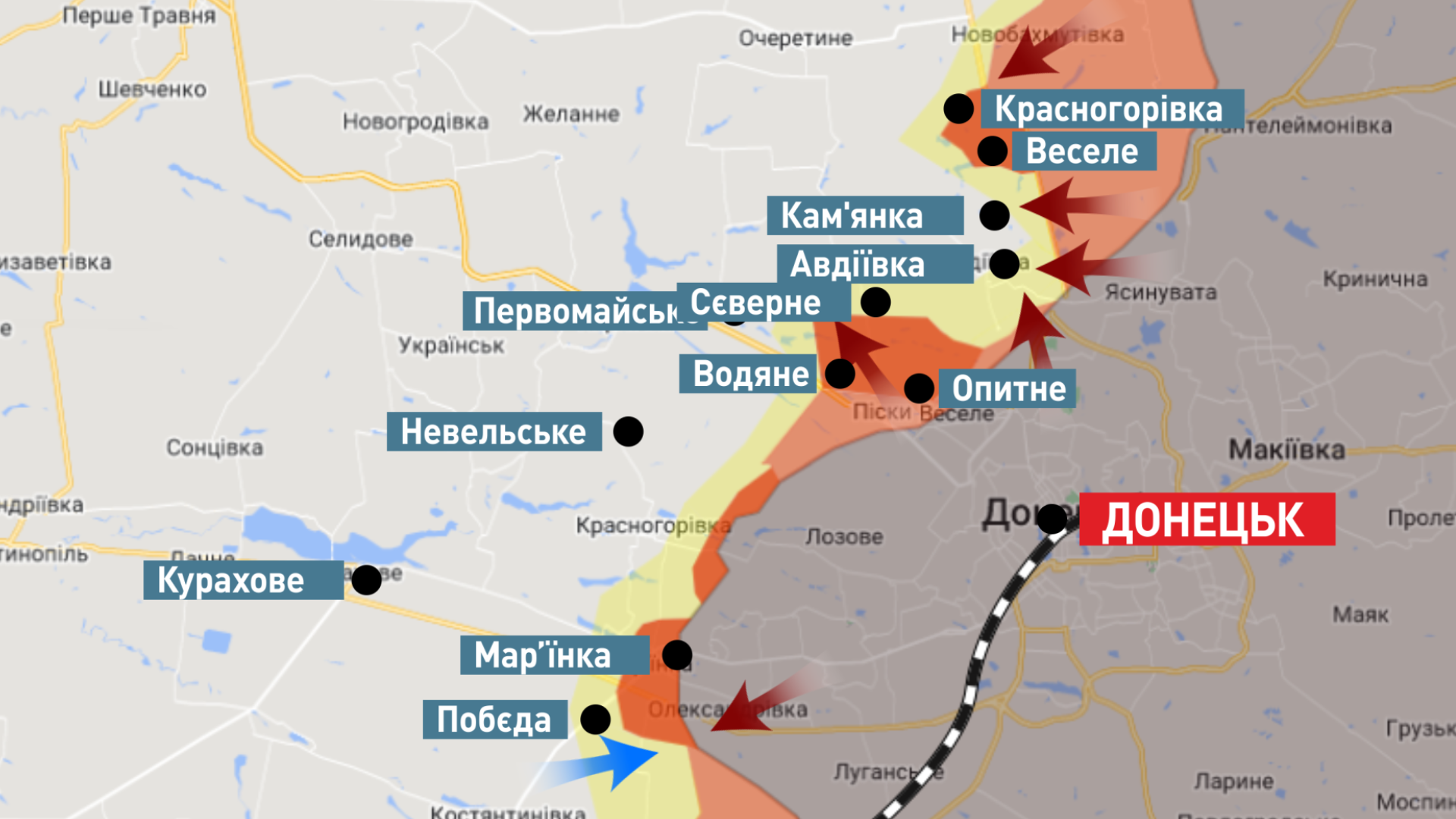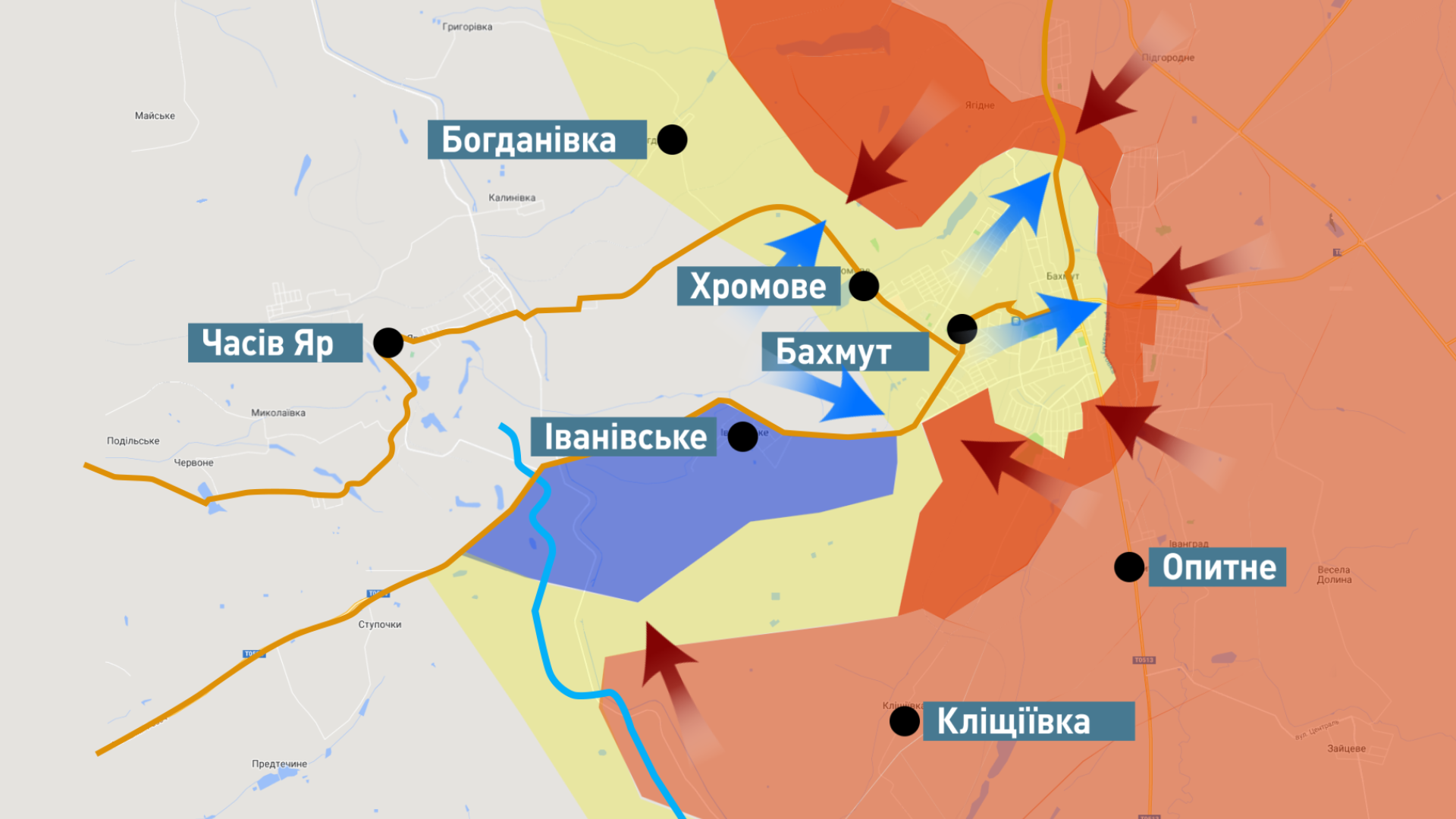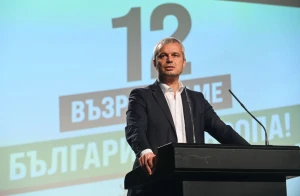
Russian Su-27 attack over Black Sea and defense of Bakhmut. Serhiy Zgurets
The danger associated with Russia’s actions is increasing, and this may cause more global hostilities
Russian Su-27 attack on American MQ-9 drone
Two Russian fighter jets attempted to disrupt the operation of a US Air Force MQ-9 drone over the Black Sea. The Su-27 jet circled over the drone, jettisoning fuel several times before causing the drone to be sunk. The US State Department plans to contact Russia regarding the incident. It remains unclear how the drone's propellers were destroyed while the Russian fighter jets remained intact. This incident highlights the potential "black swans" that can arise during military operations.
Russians over the Black Sea have resorted to similar actions before. Last September, two Russian Su-27 fighter jets escorted a British reconnaissance aircraft in the international zone over the Black Sea. During the incident, a missile was launched from the plane. British Defense Minister Ben Wallace later wrote a letter to his Russian counterpart, Sergei Shoigu, seeking an explanation. The Russian side claimed it was a technical failure in the operation of the Su-27 fighter.
We are now facing the second incident of this kind, which is dangerous as it may lead to a real clash between countries striving to avoid involvement in the war in Ukraine. Both the US and Great Britain share similar approaches to prevent the spread of the war beyond Ukraine's borders. It is worth noting that Russian cruise missiles were previously detected in Romania, despite Bucharest denying it. Consequently, the actions of the Russian Federation increase the risk of global military clashes.
Frontline situation
The Ukrainian military is successfully deterring the enemy on multiple fronts. The Commander-in-Chief held a meeting yesterday where all Staff members expressed a unified position on the continued defense of the city of Bakhmut.
Oleksiy Hetman, a Russian-Ukrainian war veteran and reserve major, reported ongoing fighting in the north along the arc from Kupiansk to Vuhledar. The enemy is attempting to attack Lyman and reach Slovyansk. They are also attacking from the north and south near Vuhledar and Huliaypole, with the goal of reaching the southern outskirts of Zaporizhzhia. Battles in Marinka and Avdiivka have been ongoing for several years.

The enemy planned to cut the arc from Kupiansk to Vuhledar, with the cities of Marinka, Avdiivka, and Bakhmut located in the middle. Their aim was to send a large number of troops to these cities and move north and south to surround our group in the east. We are aware of the enemy's plans and hope that they will not succeed.
According to Hetman, the Russians have mobilized a large number of military personnel who have joined the hostilities. Despite having little equipment and light infantry, the situation is not as favorable as it appears. Due to a lack of equipment to provide for the newly mobilized troops - which number half a million according to Russian army staffing standards - the enemy still has an advantage in tanks and artillery. In the Luhansk region alone, they have about 2,000 heavy equipment, and the same amount in the south, along with 700 units of various artillery. Approximately 120,000 military personnel are concentrated in the north and 150,000 in the south, with ongoing troop transportation. Although they have plenty of equipment, there is insufficient additional equipment to support their mobilized forces.
Hetman noted that the Russians are attacking on a relatively small section of the front - 10-30 km.

Their tactic for conducting hostilities involves heavy artillery shelling and destruction, followed by infantry and heavy equipment. However, due to insufficient resources, they cannot do this simultaneously in all directions, so they focus on several chosen directions. The main forces are concentrated in a limited area where the enemy seeks to break through the front line. Offensive actions commence once a gap is created, and additional forces are added to the assault. This is likely why they are attacking in five areas. Currently, there is parity in the number of artillery shots, but the enemy has an advantage in areas where they are concentrated.
- News












































